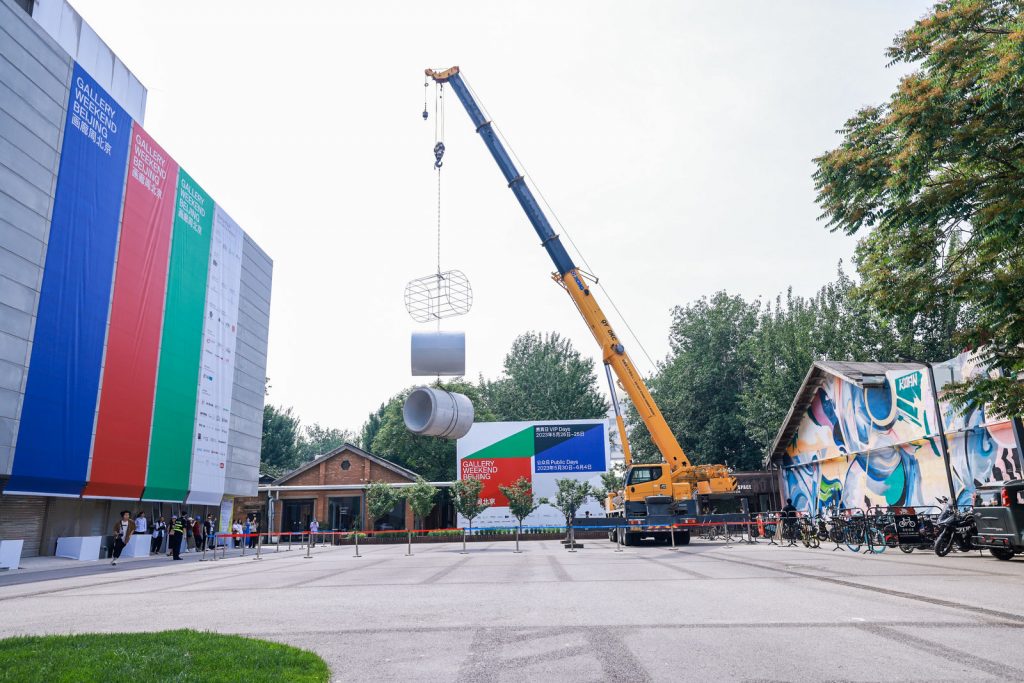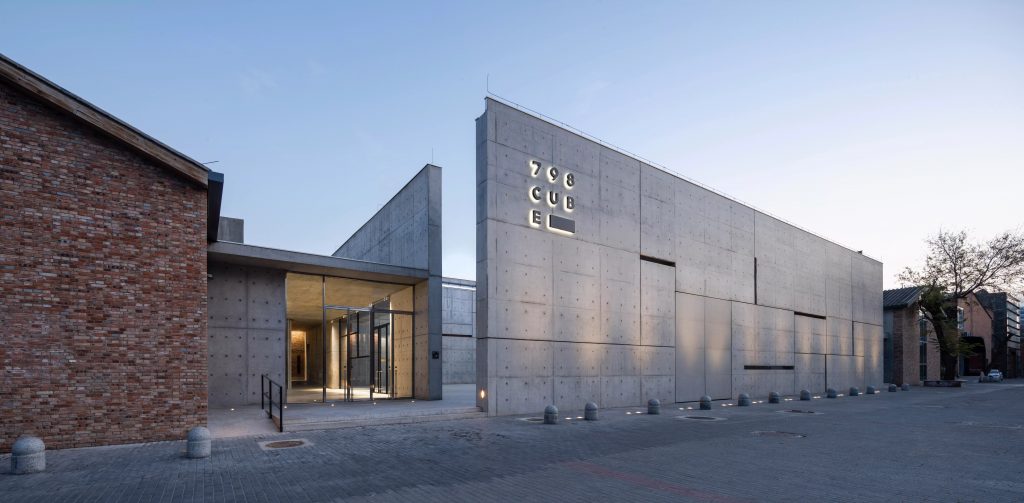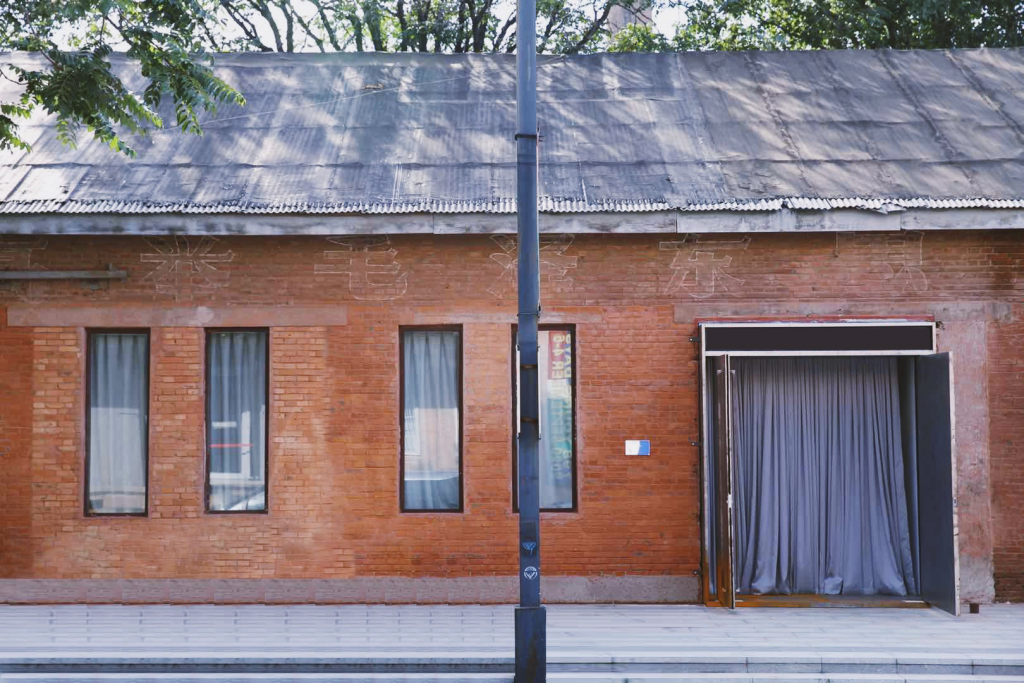Market
Beijing’s Once-Pioneering Art Scene Was Overtaken by Shanghai. Can It Rise Again?
The city's gallery weekend is aiming to draw a new generation of collectors.

The city's gallery weekend is aiming to draw a new generation of collectors.

Cathy Fan

This article originally ran in The Asia Pivot, Artnet Pro’s biweekly members-only newsletter providing mission-critical analysis, insights, and exclusive intelligence on developments in Asia’s art markets, with a focus on business opportunities and challenges. Subscribe here to receive it directly to your inbox.
As Gallery Weekend Beijing (GWBJ) returns for its eighth edition this week, it has some bonus attractions. This year, two major fairs—Jingart and the Beijing Dangdai Art Fair—have synced their start dates to the annual event, which runs May 24 to June 2, with a VIP preview during the first three days. The boutique-sized Jingart, founded by the team behind Shanghai’s ART021 fair, will host 29 galleries at a new venue, SKP-S, an experimental, immersive department store. Meanwhile, Beijing Dangdai will gather 120 exhibitors at the National Agricultural Exhibition Center.
Over the past decade, Beijing’s contemporary art scene has been somewhat forlorn and understated, far quieter than that of buzzy Shanghai. The capital city is the birthplace of the nation’s contemporary art world—legendary artists got their starts there and exemplary private art institutions were established—but its art market has struggled with limited growth in its collector base and art fairs, stringent measurements during the pandemic, and stricter censorship. Peaking in 2008, the year that the city hosted the Olympics, it was overshadowed in the ensuing years as galleries and fairs took root in Shanghai.
The 798 Art District—the heart of GWBJ, a sprawling complex of galleries and art spaces that was converted from a state-owned factory—helped put Beijing’s art world on the map, but rising rents and operational costs have brought about big changes. The number of art institutions there decreased from 242 in 2016 to 97 by 2021. Its most famous international resident, Pace, closed its branch there in 2019. However, post-pandemic, the number of spaces has climbed slightly, to just over a hundred.

798CUBE.
This year, Gallery Weekend has tapped Aria Yang, a 30-year-old Chinese collector, as its program director, a pick that has been viewed as an effort to introduce fresh perspectives. Yang embodies many traits of the younger generation of Chinese collectors: She has returned after studying abroad with a global outlook, strong foreign language skills, and a taste in art that blends Eastern and Western styles. Beyond being collectors, members of her generation are interested in entrepreneurship within the art market. For the regional market to thrive, their unique blend of skills and perspectives is essential.
How can market players attract these younger collectors? GWBJ encourages galleries and art spaces to work with younger curators, present exhibitions of young collectors’ holdings, and show conceptual and non-easel art—a bold move in these slow economic times.

Beijing space of Hua International in 798 Art District.
GWBJ’s main sector this year includes 21 galleries, about half the number in Gallery Weekend Berlin. Click Ten Gallery and Inner flow Gallery, of Beijing, and Eslite Gallery, of Taipei, have joined the lineup for the first time. A bevy of solo exhibitions are hotly anticipated, like Qiu Zhijie at Galleria Continua, Zhou Yan at Spurs Gallery, Zhou Yilun at Beijing Commune, and Christine Sun Kim at White Space. Notable institutional shows this year include Albert Oehlen at Espace Louis Vuitton Beijing and Moon Kyungwon and Jeon Joonho at Hyundai Motorstudio Beijing. Additionally, the UCCA Center for Contemporary Art is having a retrospective of Hiroshi Sugimoto, and 798 Cube will present Seoul-based artist and electroacoustic music composer YunChul Kim’s first solo exhibition in China.
Eight international galleries are part of the “Visiting Sector,” including Galerie Chantal Crousel and Sprüth Magers, and the “Public Sector” is looking at the nexus of sports, arts, and culture in anticipation of the Paris 2024 Olympics, with Qiu Zhijie spearheading a “poetry marathon” to collect and exhibit poetry contributions.
This year’s ambitious GWBJ reflects Beijing’s resolve to reclaim its stature as a contemporary art capital. As an artist who asked to be anonymous told me in a recent interview: Beijing has always possessed profound cultural depth. Now it just needs a match to reignite its flame.